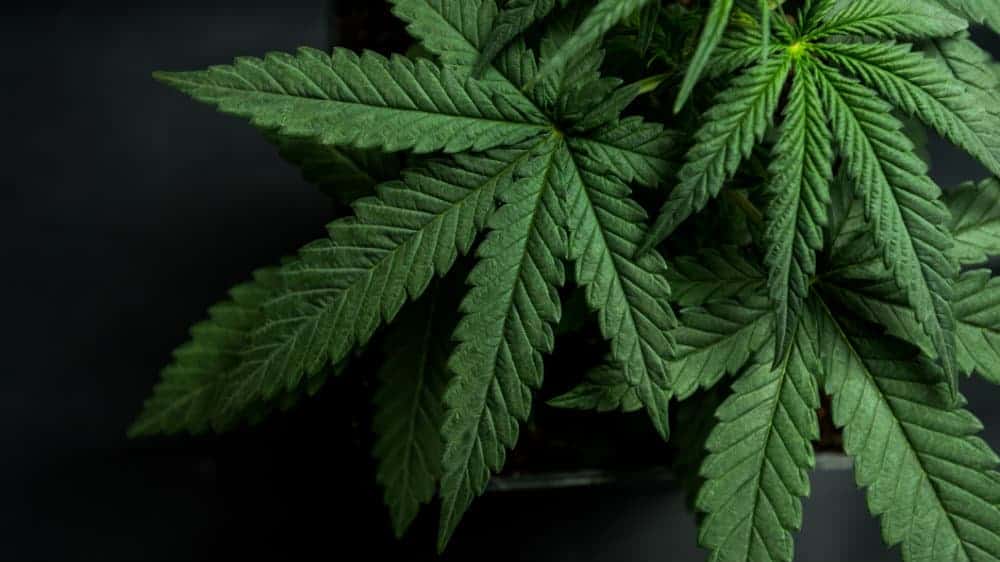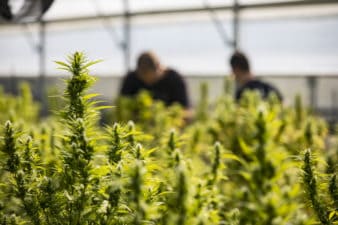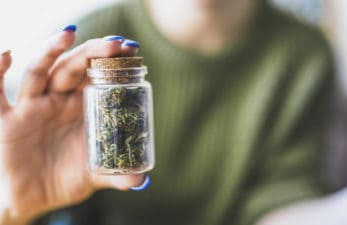Cannabis stocks have been in a world of pain this year. Nearly every pot stock has been hit hard, with some losing as much as 90% of their value. Once a billion-dollar company, Green Organic Dutchman Holdings (TSX:TGOD) is now valued at just $250 million. In 2020, however, sales could surge to historic levels. And judging by recent data, the cannabis boom is far from over.
This is perhaps the riskiest stock in the industry today. Yet in exchange for that risk, investors get a once-in-a-lifetime opportunity for massive gains. If the company can execute its growth plan, the stock could easily double next year. If the pot market experiences an industry-wide resurgence, the upside could be even higher.
You’ll want to keep this position small given the associated risks, but this lottery ticket might be worth the cost.
Going it alone
Green Organic used to be on top of the cannabis world. Last year, Aurora Cannabis (TSX:ACB)(NYSE:ACB), which was worth $10 billion at the time, purchased nearly one-fifth of the company. Just as importantly, it committed to buying 20% of Green Organic’s output.
In a single deal, Green Organic secured a leading cannabis partner and a cornerstone customer. It was a big vote of confidence in an industry rife with concern. Aurora also agreed to help scale Green Organic’s grow facilities using its world-class consulting arm.
At the time, it seemed as if Green Organic could do no wrong. This year, that all changed after Aurora decided to sell its entire stake (apart from some warrants) while canceling its commitment to purchase 20% of Green Organic’s production.
Today, Green Organic is stuck upstream without a paddle. First production is coming online, and it has zero long-term partners or large customers lined up, at least not anything close to the size of Aurora. It truly is operating as an independent cannabis company.
That’s a dangerous move considering cannabis output is increasingly commoditized, and competitors without the expertise or funding necessary to create in-demand brands will suffer pricing erosion.
With all this bad news, it’s no wonder why TGOD stock has led the cannabis market lower. But if you look closely, there could be a turnaround in the works.
Staging a turnaround
It’s not all bad. As management has noted, Aurora’s purchasing commitment was at wholesale prices. After the deal was canceled, Green Organic is now clear to sell that production at retail prices, increasing the potential for revenue and profit. Of course, the company still needs to prove that it can sell its production at any price.
This year, sales will only total roughly US$12 million. However, two grow facilities are expected to come online at the end of 2019, causing analysts to forecast US$89 million in sales next year. That means the company sells at less than three times earnings. For comparison, Aurora trades at more than double the valuation.
In 2020, if Green Organic can prove that its organic production can successfully sell on the open market, expect that valuation gap to close quickly. No one is sure if this is possible, but that’s why you’re getting a fantastic price. The market is clearly betting against this scenario, but if the Green Organic can move its product in volume, you could earn a 100% return in less than 12 months.







